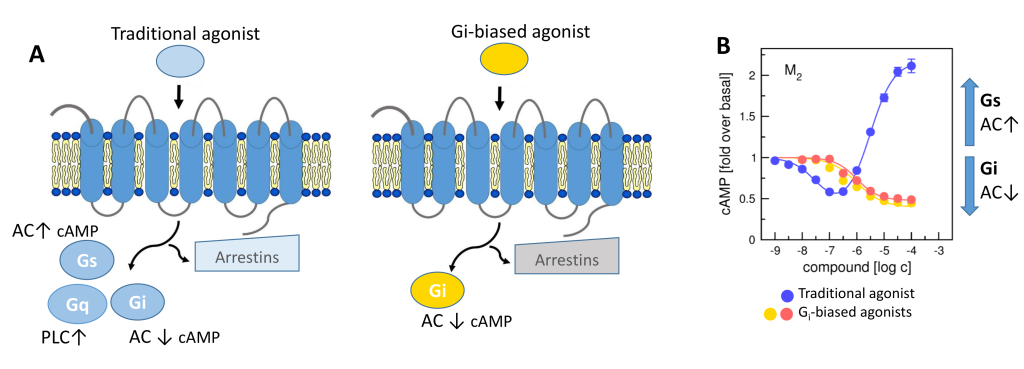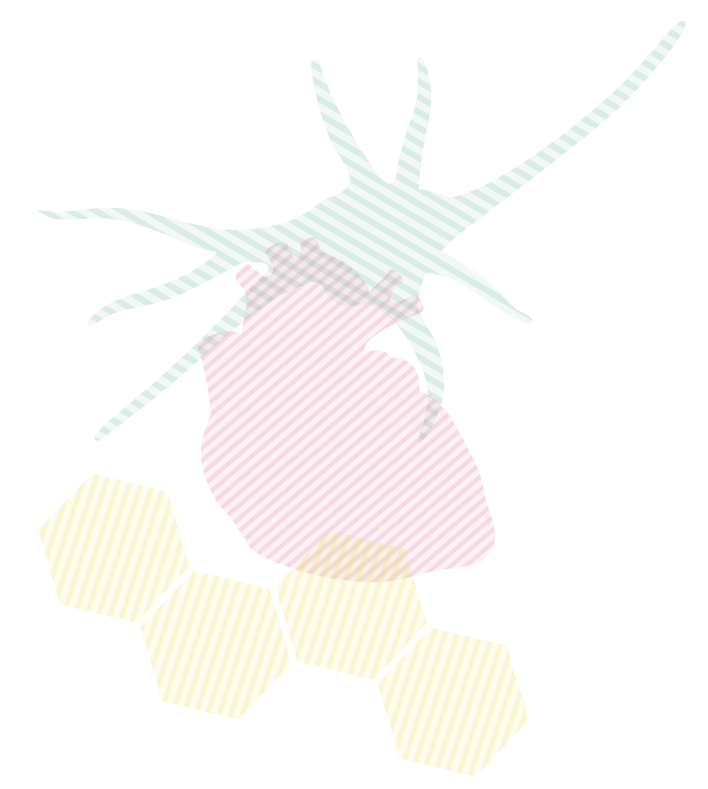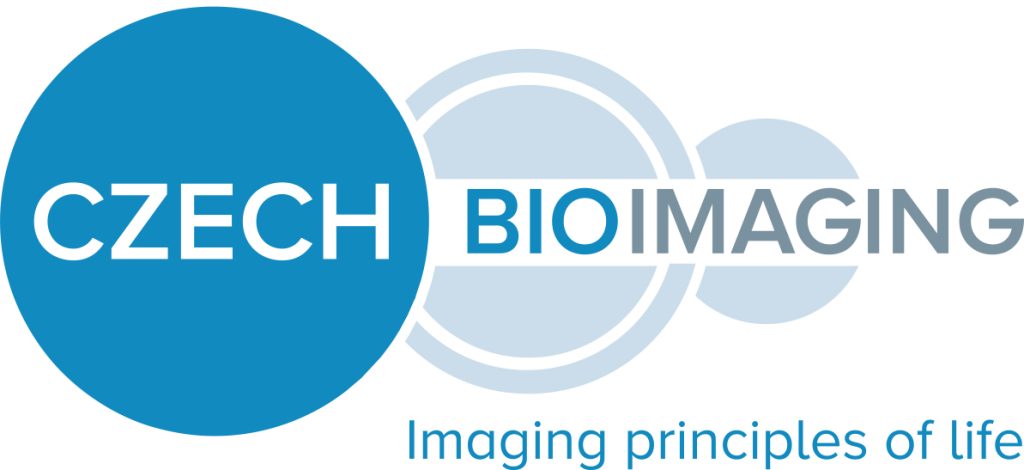More than 30 % of currently marketed medications act via G-protein coupled receptors (GPCRs). This type of membrane receptors is involved in the control of a wide range of physiological processes, from the processing of sensory stimuli, through the regulation of behavior and mood, hormonal and immune responses, to the control of autonomic functions and cell proliferation. Thus, GPCRs represent one of the most important pharmacotherapeutic targets. In contrast to traditional agonists activating multiple signalling pathways, agonists biased towards a given signalling pathway represent a new generation of drugs with increased specificity and fewer adverse effects. Enormous research has been done on agonists biased towards either G-protein or arrestin mediated pathway.
In our laboratory we focus on the study of muscarinic acetylcholine receptors, which belong to the typical representatives of GPCR. Here, as a proof of concept, we demonstrate unprecedented signalling bias solely at the level of G-protein-mediated signalling. We present agonists of muscarinic acetylcholine receptors, a member of GPCR family, that exclusively inhibit cAMP synthesis through activation of Gi-protein pathway and thus are functionally selective for M2 and M4 receptor subtypes. Muscarinic receptors M2, M4 represent one of the pharmacological targets in the treatment of pain. Newly discovered agonists may lead to the development of new non-addictive analgesics such as opiates, or immunity-weakening as steroid analgesics. Such muscarinic analgesics would not cause side effects mediated by activation of the Gq protein signaling pathway, such as incontinence, excessive salivation and sweating, and more.

A) General scheme of coupling GPCRs with individual subtypes of G-proteins or arrestins after activation by a traditional full agonist (left) and an agonist preferring Gi-protein activation (right). AC, adenylyl cyclase; PLC, phospholipase C. B) Activation of M2 receptor by the traditional agonist (blue) resulting in stimulation of the Gi and Gs-protein pathway leading to a decrease in cAMP level in the cell at low concentration of agonist and an increase in cAMP level at high concentrations of the agonist. Activation of M2 receptor by two different Gi-biased agonists (red, orange) resulting in stimulation of the Gi-protein pathway only and decrease in cAMP level.
Randáková A, Nelic D, Ungerová D, Nwokoye P, Su Q, Doležal V, El-Fakahany EE, Boulos J, Jakubík J. Novel M2-Selective, Gi-Biased Agonists of Muscarinic Acetylcholine Receptors. British Journal of Pharmacology. 2020; 177(9); 2073-2089 . IF: 7.730 DOI










